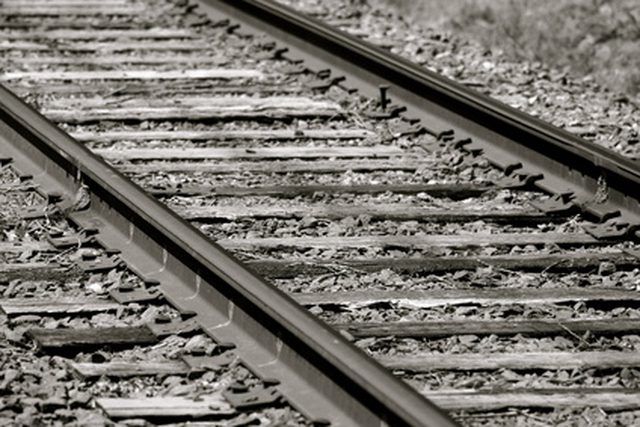Bulbs
Flower Basics
Flower Beds & Specialty Gardens
Flower Garden
Garden Furniture
Garden Gnomes
Garden Seeds
Garden Sheds
Garden Statues
Garden Tools & Supplies
Gardening Basics
Green & Organic
Groundcovers & Vines
Growing Annuals
Growing Basil
Growing Beans
Growing Berries
Growing Blueberries
Growing Cactus
Growing Corn
Growing Cotton
Growing Edibles
Growing Flowers
Growing Garlic
Growing Grapes
Growing Grass
Growing Herbs
Growing Jasmine
Growing Mint
Growing Mushrooms
Orchids
Growing Peanuts
Growing Perennials
Growing Plants
Growing Rosemary
Growing Roses
Growing Strawberries
Growing Sunflowers
Growing Thyme
Growing Tomatoes
Growing Tulips
Growing Vegetables
Herb Basics
Herb Garden
Indoor Growing
Landscaping Basics
Landscaping Patios
Landscaping Plants
Landscaping Shrubs
Landscaping Trees
Landscaping Walks & Pathways
Lawn Basics
Lawn Maintenance
Lawn Mowers
Lawn Ornaments
Lawn Planting
Lawn Tools
Outdoor Growing
Overall Landscape Planning
Pests, Weeds & Problems
Plant Basics
Rock Garden
Rose Garden
Shrubs
Soil
Specialty Gardens
Trees
Vegetable Garden
Yard Maintenance
How to Dispose of Railroad Ties
How to Dispose of Railroad Ties. Railroad ties have traditionally been made of creosote and pentachlorophenol treated wood. The chemicals are infused in the wood. They are pesticides and water-resistant chemicals. The newer the wood, the more chemicals are still present. Today, ties are being made from plastics as well. Disposing of used wooden...

Railroad ties have traditionally been made of creosote and pentachlorophenol treated wood. The chemicals are infused in the wood. They are pesticides and water-resistant chemicals. The newer the wood, the more chemicals are still present. Today, ties are being made from plastics as well. Disposing of used wooden railroad ties properly is important to the ecology. For people removing the railroad ties from landscaping, disposal is equally as important. In Missouri, railroad ties are a "regulated solid waste." Before throwing out of railroad ties, you should check with your state to find out approved methods of disposal.
Reuse and Disposal Methods
Recycle or reuse railroad ties for business or home landscaping projects. The ties make effective landscaping timbers, plant beds, walkways, driveways, fences, retaining walls and a variety of other creative uses. By reusing the wood in this manner they do not end up in landfills or incinerated.
Burn railroad ties as a fuel source. This can only be done under strict guidelines from the federal Air Pollution Control standards as of 2010. The railroad ties are burned in some high-temperature "combustion chambers" such as power plant boilers or kilns. The temperatures from the high-heat burn off the hazardous material.
Dispose of railroad ties in a landfill. Many states have regulations for the type of landfill that will accept railroad ties. Contact the landfill to verify whether it accepts the ties. Typically, this decision is determined by the solid waste management department either locally or within your state.